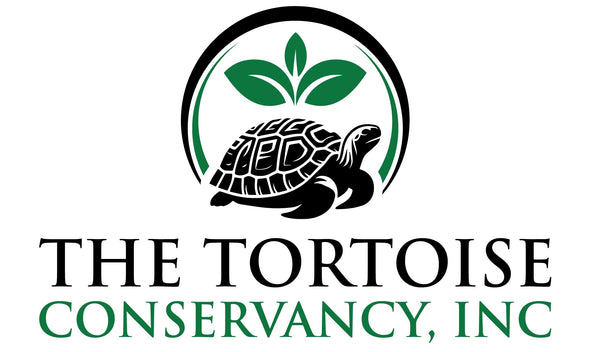
Securing Land for the Future: How Recipient Sites Protect Gopher Tortoises
Share
The cornerstone of gopher tortoise conservation is the establishment of long-term recipient sites—designated parcels of land where tortoises can thrive after being relocated from high-risk areas. These sites are carefully chosen based on a set of ecological criteria, ensuring they meet the unique needs of gopher tortoises and the ecosystems they inhabit. Well-drained, sandy soils allow tortoises to dig their extensive burrows, while open, sunny areas filled with native vegetation provide the food and shelter they need.
However, securing land for conservation is more than just purchasing acreage. It requires collaboration with landowners, legal protections like conservation easements, and a deep understanding of the local ecology. Once a recipient site is established, ongoing management is crucial. This includes removing invasive species, planting native vegetation, and maintaining open spaces through habitat restoration techniques.
Recipient sites benefit not only the gopher tortoise but also the many species that depend on their burrows for survival. Over 350 species have been recorded utilizing tortoise burrows for shelter and protection, making gopher tortoises vital to the health of these ecosystems. Establishing these sites ensures that these keystone species can continue to support biodiversity for generations to come.
Featured Species: Eastern Coral Snake
The eastern coral snake is a brightly colored, secretive predator that plays a unique role in the ecosystems it inhabits. Known for its striking red, yellow, and black bands, this highly venomous snake is rarely aggressive but relies on the stable environment of gopher tortoise burrows for survival. These burrows provide a safe refuge during extreme weather, protection from predators, and access to prey like small mammals and amphibians.
Eastern coral snakes are important in controlling populations of their prey species, helping to maintain a balanced ecosystem. By providing shelter for coral snakes, gopher tortoise burrows indirectly support this balance. Protecting recipient sites ensures that these beautiful yet elusive snakes have access to the habitats they require to thrive.

